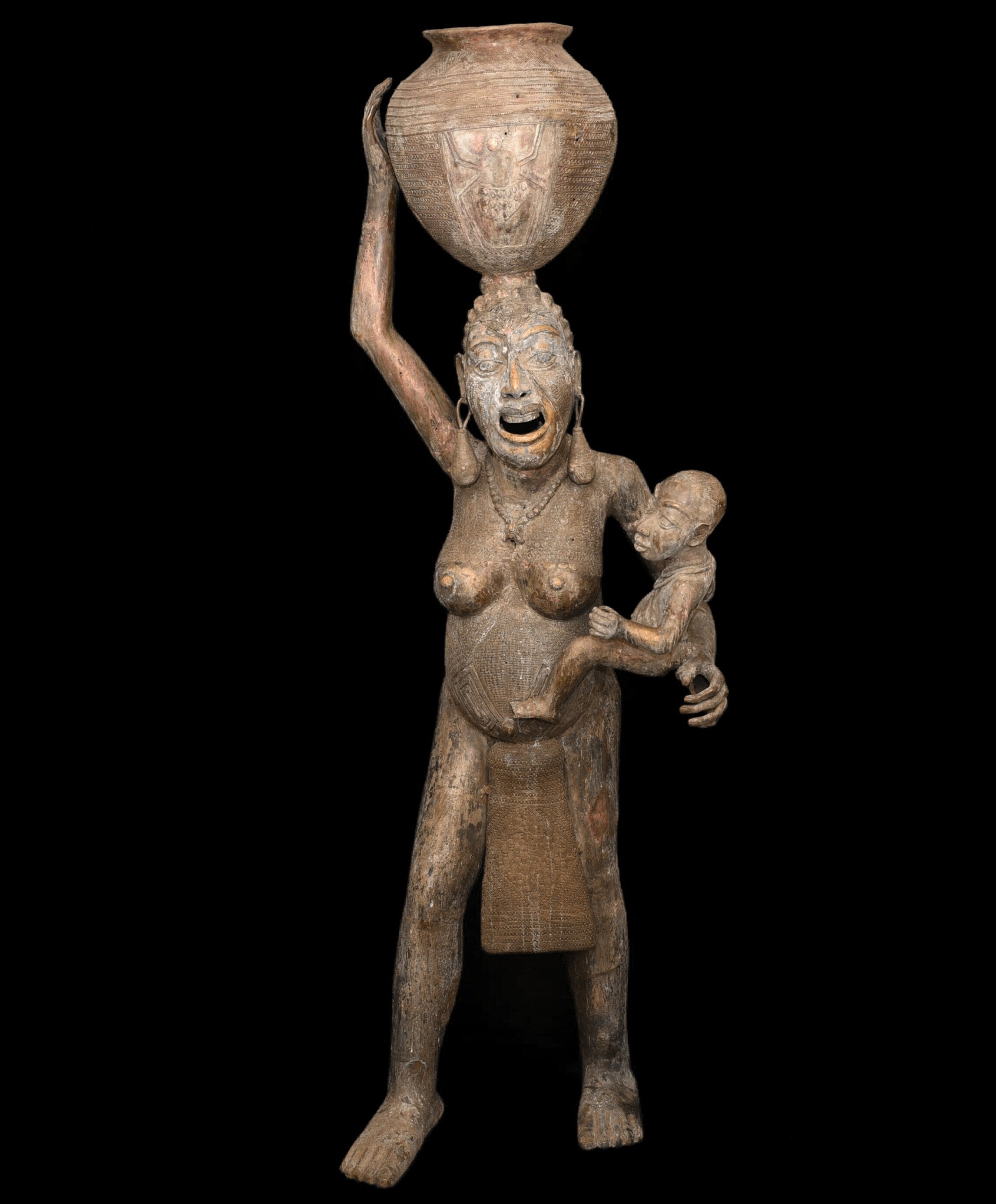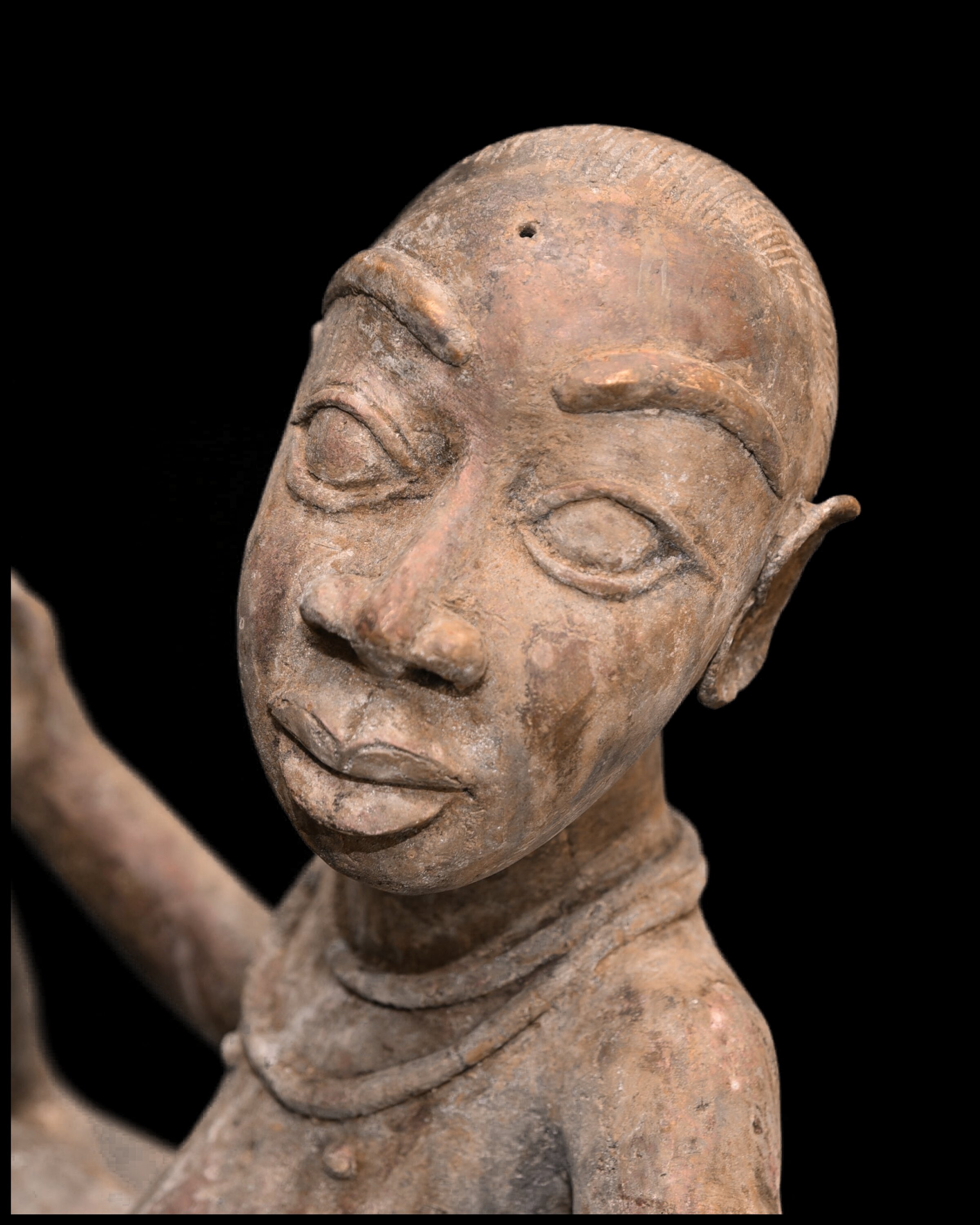MATERNITÉ BAMOUN (NAHFON)


Maternité Bamoun
Bamoun. Bronze. H: 78 in/198 cm
Provenance: Nji Gbetkom Salifou; Ex Royal Palace Rifum
Maternité Bamoun
Bamoun. Bronze. H: 78 in/198 cm
Provenance: Nji Gbetkom Salifou; Ex Royal Palace Rifum